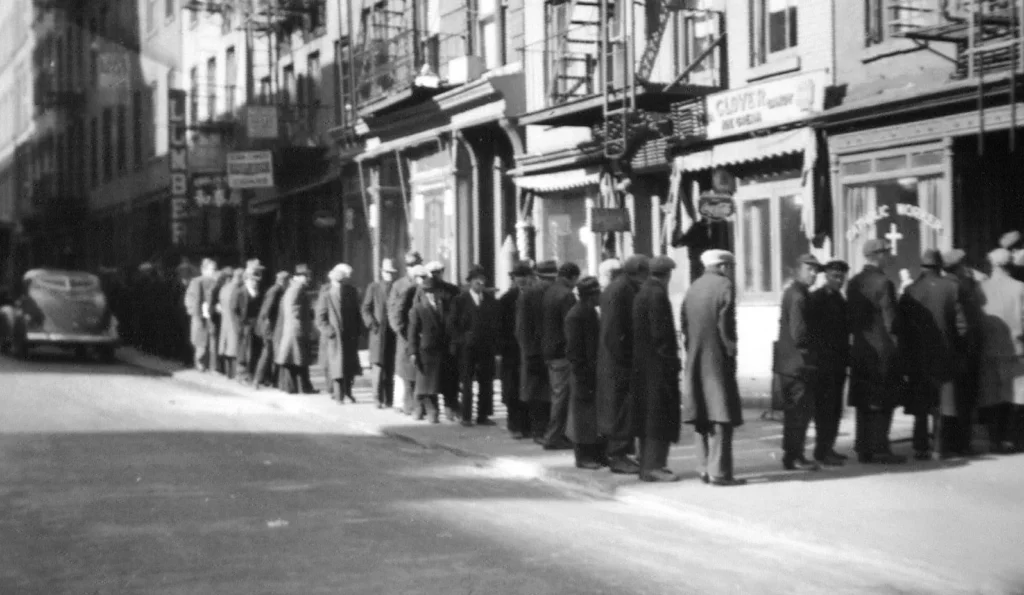
Catholic Worker Movement
The Catholic Worker Movement was founded in 1933 following a serendipitous encounter between Dorothy Day and Peter Maurin in New York. Peter, having synthesized centuries of Church teaching and Catholic social thought, needed someone to help put his ideas into action, and Dorothy was the right one for the job. They began with a newspaper, The Catholic Worker, which is still running to this day. Soon enough, the poor began showing up at their door and they began offering hospitality.
The movement is founded on the personalism of Matthew 25. It is not enough to say that the State, the institutional Church, or anyone else is going to take care of the poor. We have been given a mandate by Christ to take care of our vulnerable brothers and sisters. This personalism often takes shape as Houses of Hospitality. Many Catholic Worker Houses offer shelter, meals, community, among other things.
But the movement is more holistic than just attending to the immediate needs of the poor. Peter recognized a need in all of us to return to the land. From this recognition came about farming communes, places where people could work together to support their own needs, as well as to restore the meaning and goodness of work. This helped tie the movement into Peter’s Green Revolution.